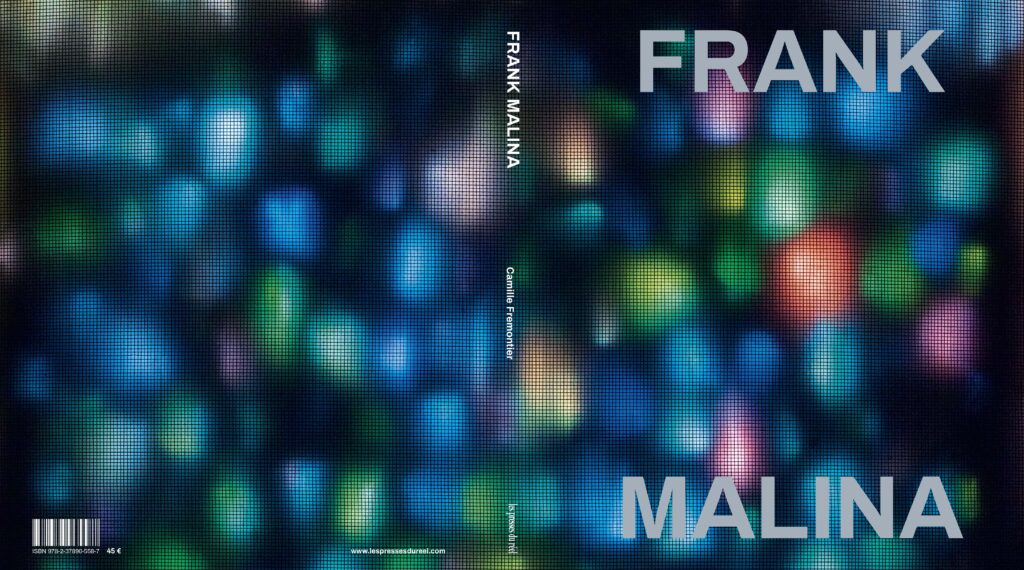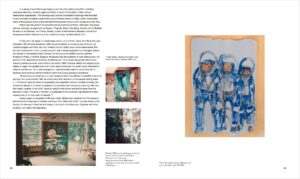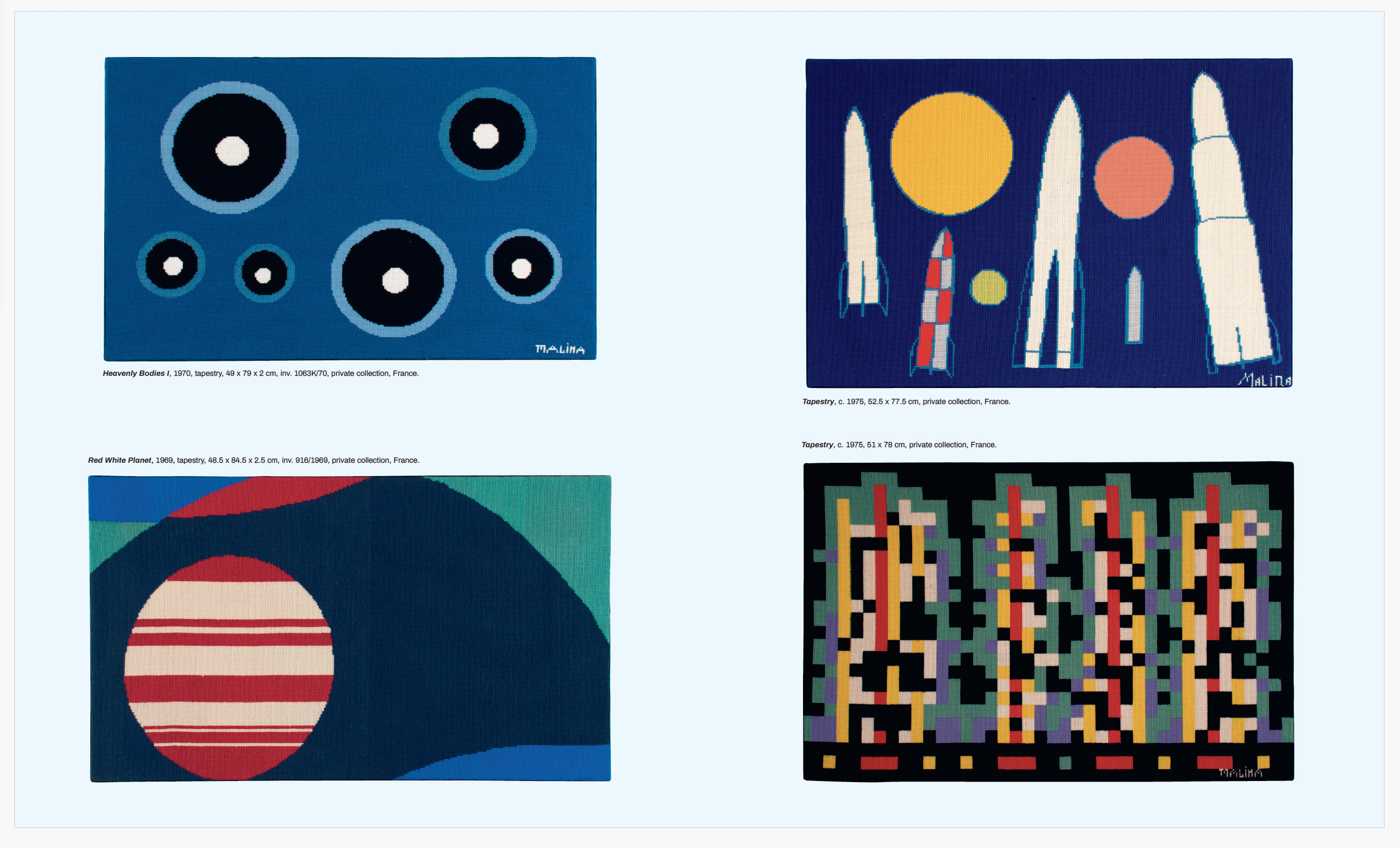


Frank Malina. Light Art and Scientific Abstraction
April 2025, Les presses du réel- ISBN : 978-2-37896-558-7
Published with RCM Galerie
288 pages- 235×280 mm – Hardcover, illustrated in color
Price: 45 € (plus shipping)
————————————————————————————————————————————————–
The first comprehensive book on the art of Frank Malina (1912-1981), the American rocket scientist turned Paris-based artist. Co-founder of the Jet Propulsion Laboratory, and founder of the visionary art/science revue Leonardo, Malina was one of the fathers of light art.
The book traces Malina’s singular transition from aerospace engineering to a leading figure in scientific abstraction while navigating the political, security and multimedia creative landscape of the Cold War.
It examines how Malina blended his American cultural heritage with the ambitions of the European avant-garde and how he engaged in interdisciplinary and inter-community exchanges to create his series of strings paintings, grid paintings and light works. The book situates Malina as one of the forefathers for many contemporary currents and reflections.
About the authors:
– Camille Fremontier, Ph.D. in History and Civilizations, E.H.E.S.S., Paris, and Master of Science, University of Oxford, runs with Robert Murphy the RCM Gallery in Paris, whose exhibition program explores the avant-garde and the relationship between art and science in the second half of the 20th century.
– Frank Popper was an art and technology historian and professor at the University of Paris VIII. He is the author of Origins and Development of Kinetic Art (Studio Vista and New York Graphic Society, 1968), and From Technological to Virtual Art (Leonardo Books, MIT Press, 2006).
– Margit Rosen is an art historian and curator. In 2016, she established the department “Collection, Archives & Research” at the ZKM Centre for Art and Media in Karlsruhe, which she has headed since then. She is the editor of A Little-Known Story about a Movement, a Magazine, and the Computer’s Arrival in Art: New Tendencies and Bit International, 1961-1973 (MIT Press, 2011).
– Annikki Luukela, former assistant in Frank Malina’s studio, became one of Finland’s first light artists, creating light sculptures, holograms, light visualisations for dance performances, and “light spaces” that combine light and sound.
– Roger Malina, served for many years as executive editor of the Leonardo publications at MIT Press. He is an associate director of arts and technology at the University of Texas, Dallas.